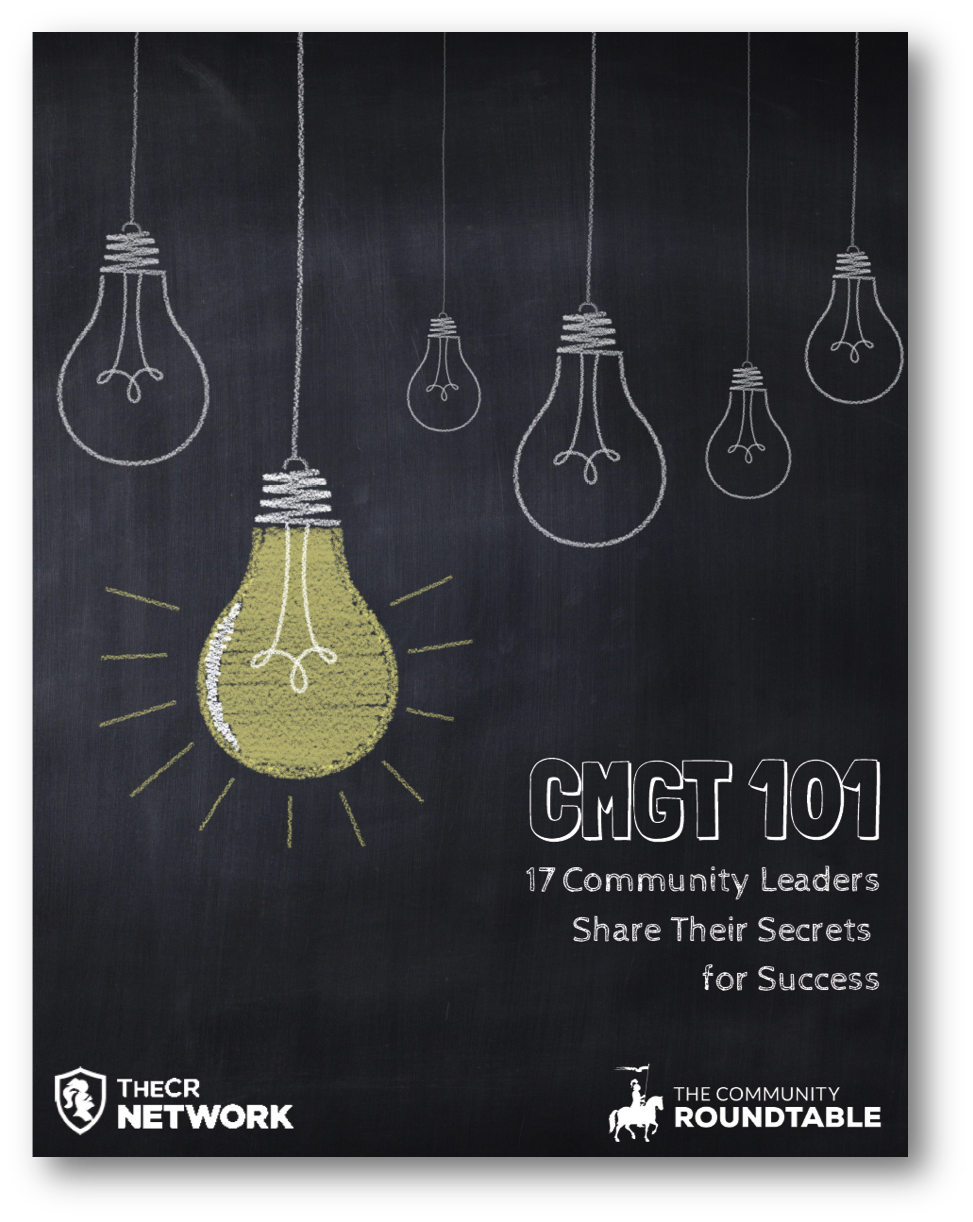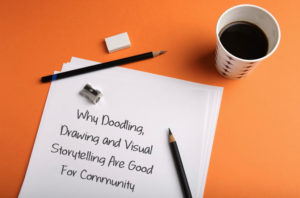 Note: This content appears in a slightly different form in our ebook: CMGT 101: 17 Community Leaders Share Their Secrets for Success. CMGT 101 is packed with engagement ideas, governance tips, career advice, and more from community leaders working at innovative organizations like CA Technologies, Aetna, Electronic Arts, SAP, Pearson, Akamai, and Atlassian. Download the ebook here for free.
Note: This content appears in a slightly different form in our ebook: CMGT 101: 17 Community Leaders Share Their Secrets for Success. CMGT 101 is packed with engagement ideas, governance tips, career advice, and more from community leaders working at innovative organizations like CA Technologies, Aetna, Electronic Arts, SAP, Pearson, Akamai, and Atlassian. Download the ebook here for free.
Chris Catania is the Community Team Lead and Strategist at ESRI. He shared best practices for using storytelling in a powerful way in your online community.
Why is storytelling a powerful tool for community managers?
Stories move us. And community professionals must prioritize and master the art of storytelling in their daily work. Storytelling is vital to communicating the business value of community to stakeholder audiences. An inspiring well told community story can win minds and transform an organization.
Do Demonstrate Value
Focus on WIIFW: What’s In It for We. Appeal to the shared common good not just individual gain and you’ll connect with your audience and make a greater impact.
Do Target Your Message
Focus on having different stories to share with different people. Always be ready to share your stories at a moment’s notice in a meeting or in the elevator.
Do Seek The Right Stories Out
Stories don’t just come to you. You have to know what stories you’re looking for and then go get them. You have to put on your journalist hat, ask the right questions, be constantly curious and discover the gems yourself. And once you find the story you have to mold, shape and refine it so it’s ready to share. But don’t wait for perfection. Sometimes just beginning and sharing it over time is part of refining your story.
Don’t let your story get stale
Evolve your story. Adapt and grow your community story to show how your community is growing and evolving, too.



 that it was difficult to form relationships due to the lack of body language. Emoticons were the early tools for self-expression. Now, we can embed images and draw together online, which can help us communicate better. Furthermore, video has introduced a whole new way to connect people online.
that it was difficult to form relationships due to the lack of body language. Emoticons were the early tools for self-expression. Now, we can embed images and draw together online, which can help us communicate better. Furthermore, video has introduced a whole new way to connect people online.
